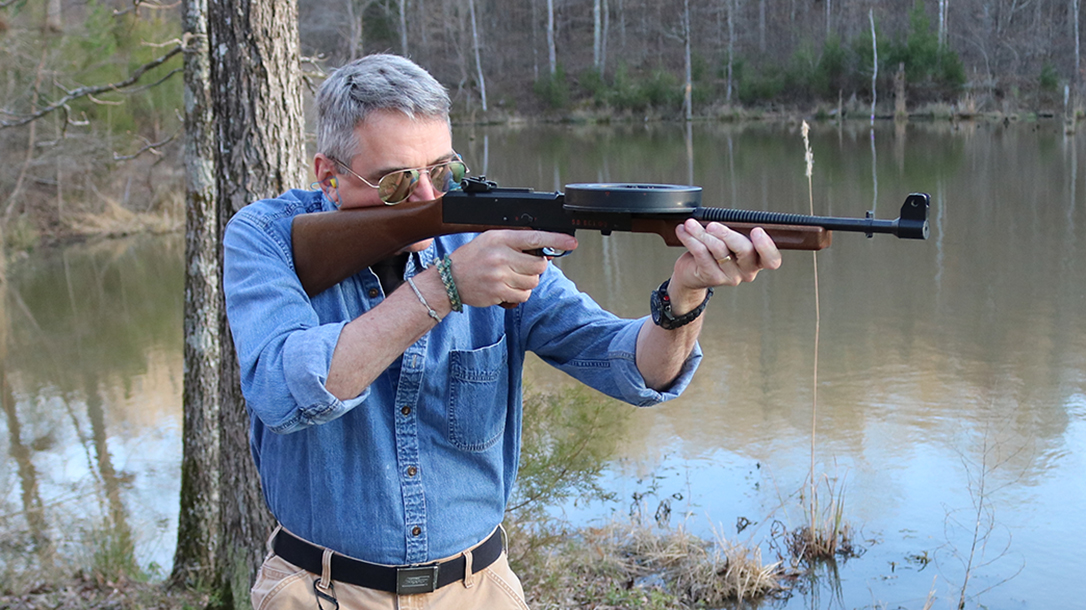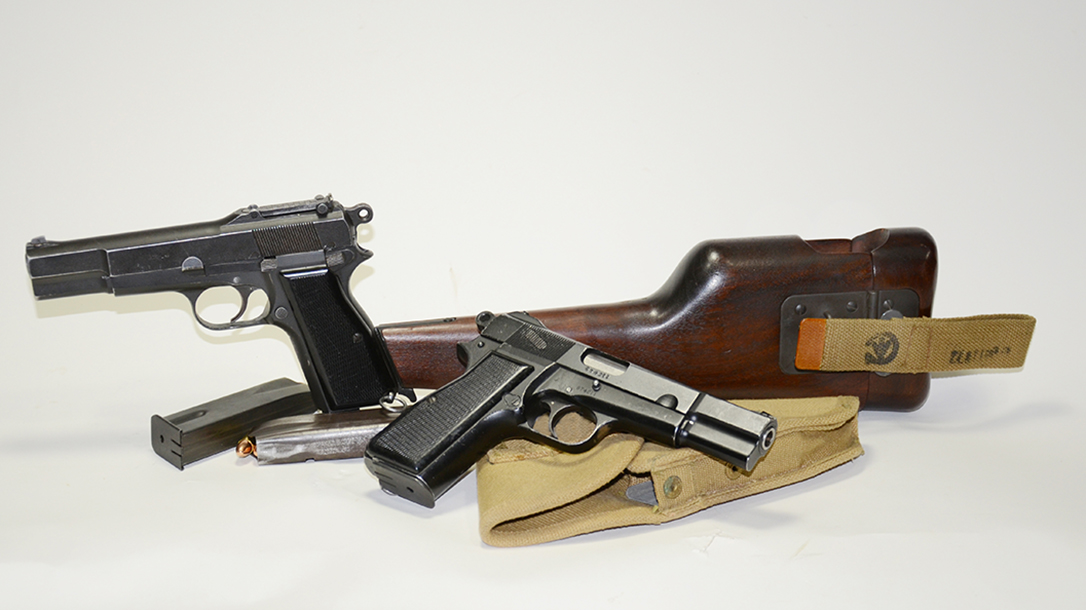History
Firearm History
Humans have been using guns for hundreds of years. The first guns were invented in China during the 13th century. They were originally created for use in warfare but soon became popular for hunting and sport. Guns quickly spread to other parts of the world. They were used extensively in the European wars of the 16th and 17th centuries. In America, guns were used in the Revolutionary War and the Civil War. Today, guns are used for a variety of purposes including self-defense, law enforcement, and recreation.
Firearm history is an exciting topic for those who are curious to learn about guns that played an integral role in civilization and warfare. Tactical Life, Ballistic, and Personal Defense World regularly publish articles about guns of yesteryear, from the muskets of the Revolutionary War to six-shooters of the Old West to Tommy Guns in the trenches of WWI.









